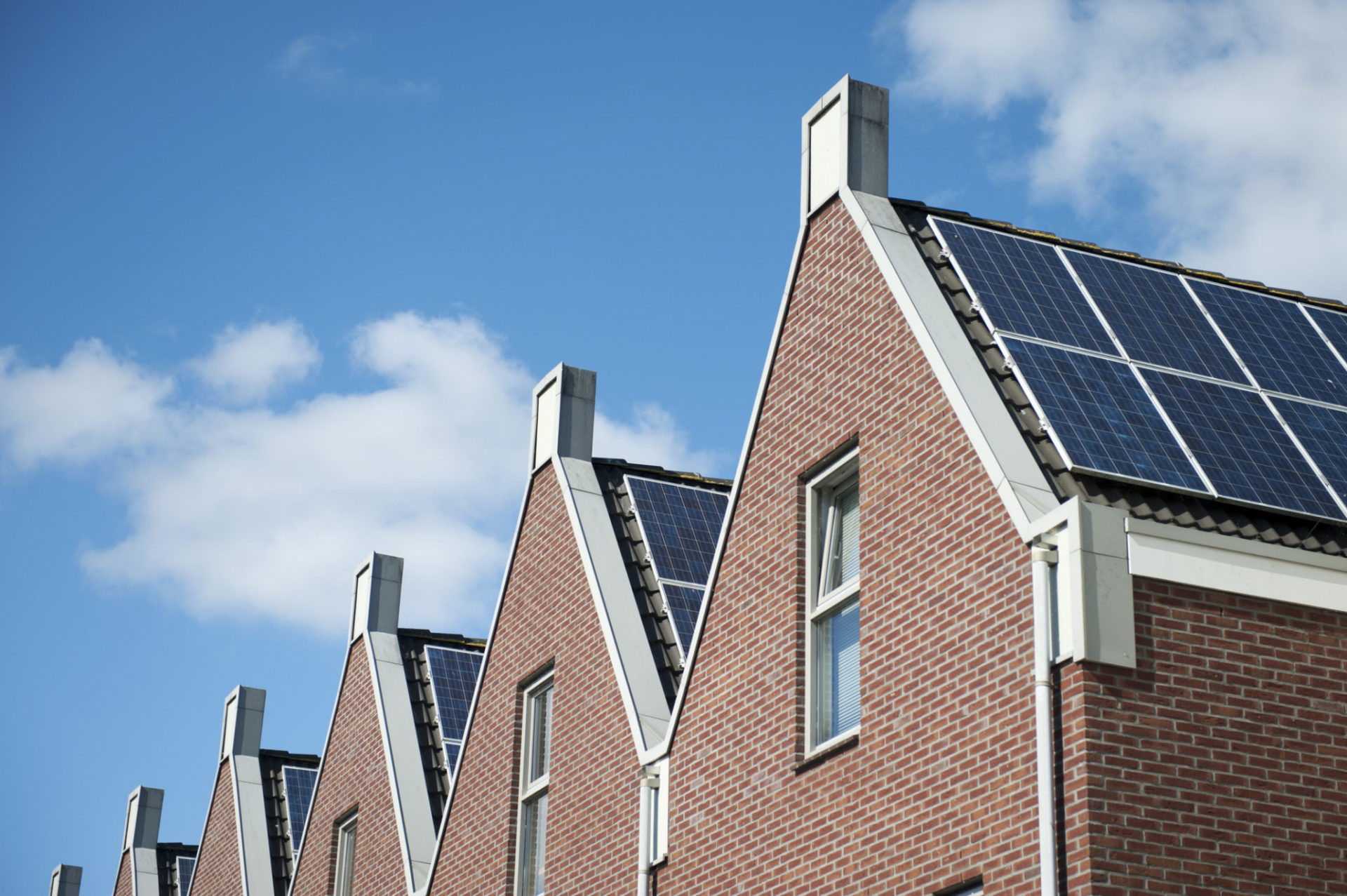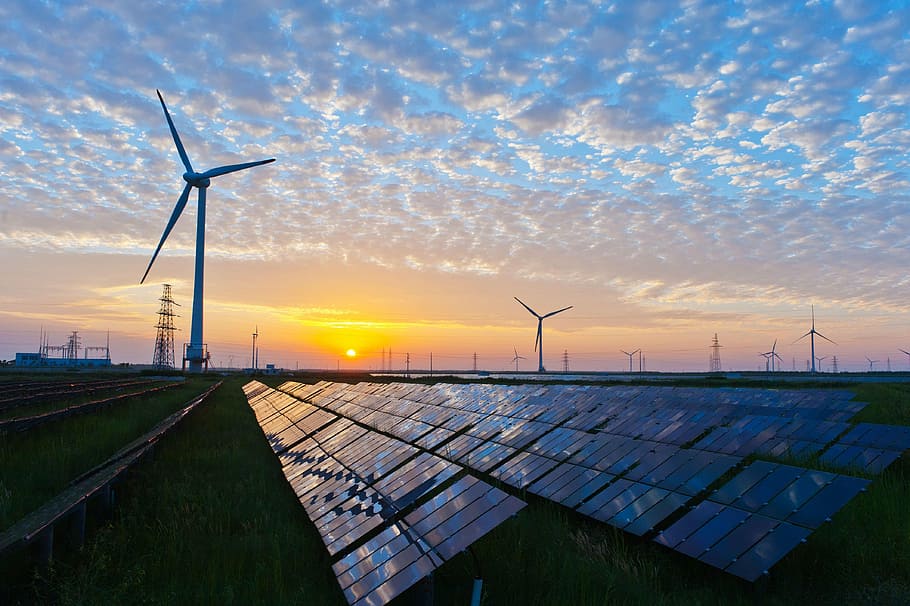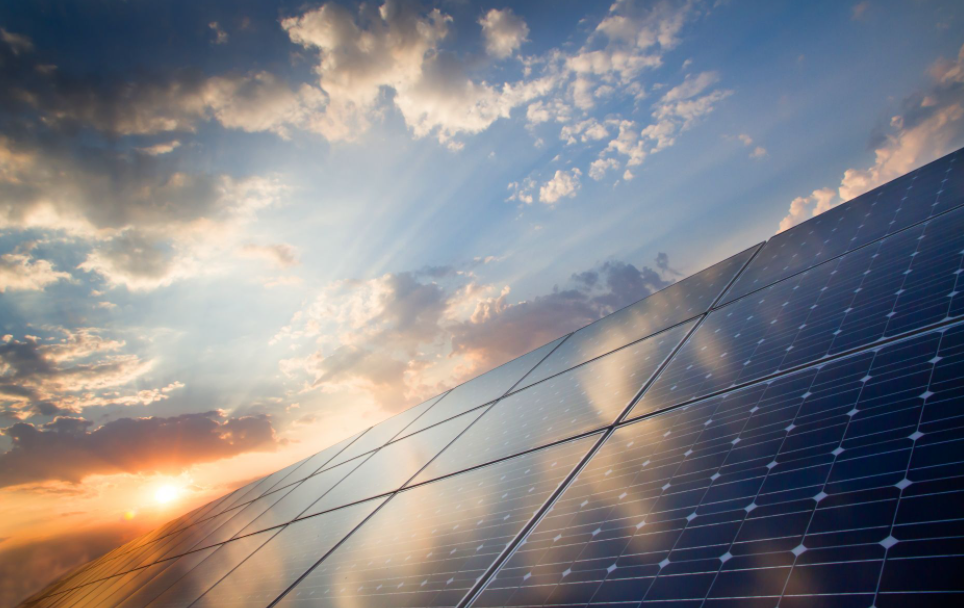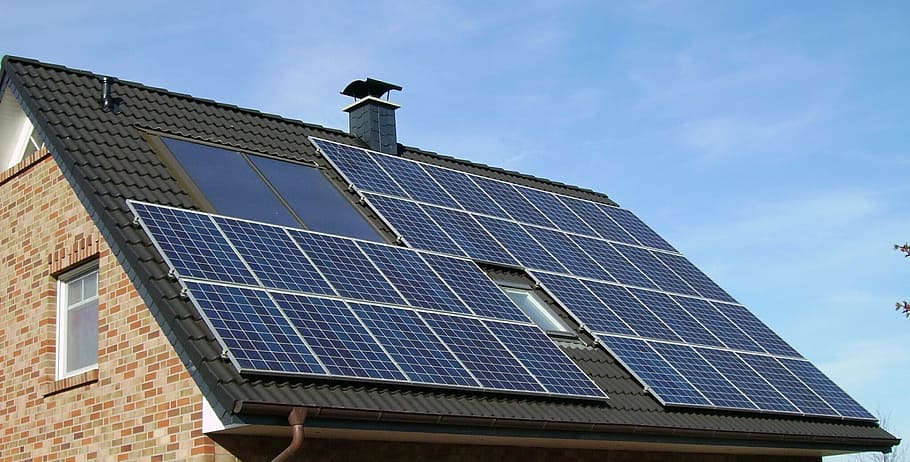Solar PV panels, heat pumps and infrared heating could all figure in plans to vastly reduce the carbon emissions of UK homes, as new guidelines have been issued that will affect the way we heat and power our homes for years to come.
At the moment, the Standard Assessment Procedure (SAP) 10, as the guidance is called, will not be widely known outside of those working in the heating, energy or homebuilding industries, but SAP 10 has the power to be hugely influential in the future of buildings.
The biggest change set out is around the CO2 emissions factors of various energy sources, with electricity seeing the biggest reduction, having come down by 55% based on the decarbonisation to date of the National Grid. This reduction will likely mean that electricity becomes the lowest-carbon option for heating UK homes.
Changes such as this could see heating sources such as heat pumps come to the fore in new all-electric homes, as gas heat and power is phased out due to being too high in carbon emissions. This follows the news earlier in the year that gas central heating will be banned outright in all new UK homes from 2025 onwards.
Ultimately, it is predicted that SAP 10 will lead to greater electricalisation of our homes – in the same way we have seen over recent years with the arrival of EV charging stations – and the adoption of heating and power sources which have lower CO2 emissions factors.
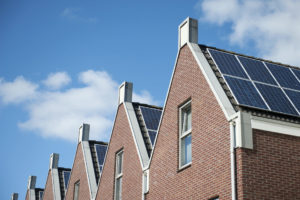
Solar panels on roofs on new houses



